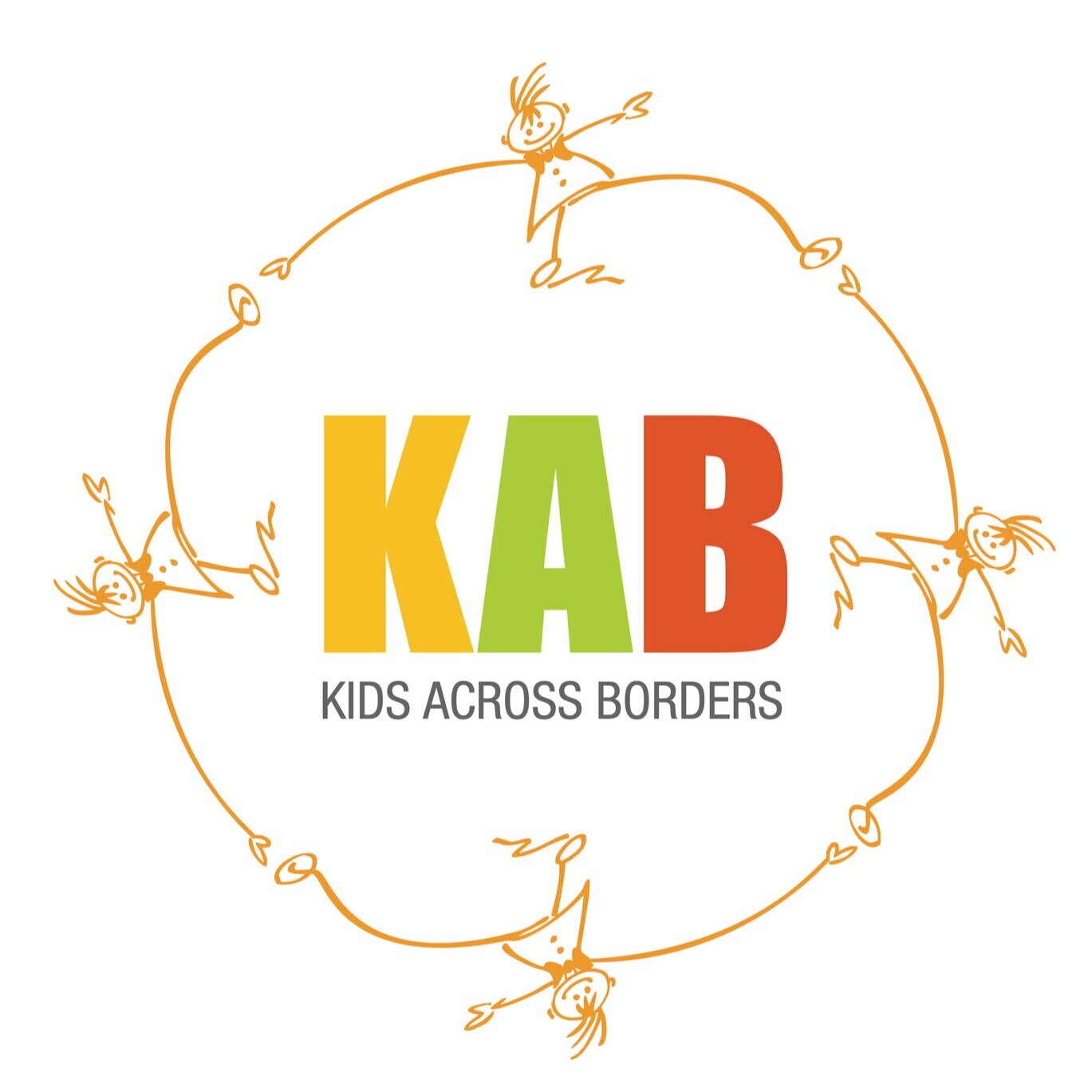Understanding Active Citizenship
The Star Thrower
One day a man was walking along the beach when he noticed a figure in the distance. As he got closer, he realized the figure was that of a boy picking something up and gently throwing it into the ocean. Approaching the boy, he asked, "What are you doing?" The youth replied, "Throwing a starfish into the ocean. The sun is up and the tide is going out. If I don't throw them back, they'll die." "Son," the man said, "don't you realize there are miles and miles of beach and hundreds of starfish? You can't possibly make a difference!" After listening politely, the boy bent down, picked up another starfish, and threw it into the surf. Then smiling at the man, said, "I made a difference for that one."
Adapted from “The Star Thrower” by Loren Eiseley
“What you do makes a difference and you have to decide what kind of difference you want to make.” Jane Goodall
Active global citizenship enables students to participate in a global society. It has three core themes
1. To provide an experience of making a difference through action.
2. To develop skills of enquiry, participation and reflection.
3. To develop an understanding of the world as a global community, and to discuss the political, economic, environmental and social implications of this.
The following activities provide a matrix for children to identify important issues affecting their lives and the lives of others, reflect on them in a local and global context and find ways of improving them. Students further reflect on their performance and monitor, record and assess their work. A skills-based approach is promoted rather than a content-based approach meaning the activities can be directed according to the core themes of the partnership and used within different subject areas and with all ages.
The students will have become aware of some of the issues affecting the children in their partner school through preceding activities; in particular from the units in human rights, social justice and environmental sustainability. They will understand that many problems exist worldwide and do not have political boundaries, such as pollution and endangered wildlife and that many other issues are largely the result of the way the world is organised politically and economically. Through sharing their concerns with their partner class, the students realize that they are not alone - they can work together to find solutions and share information and resources. They can also jointly celebrate their achievements. The friendships formed provide, in a large part, the motivation for action.
The citizenship activities lets students all participating schools make a difference. Rather than fostering a sense of powerlessness amongst students from low income countries and the notion they are dependent on outsiders for assistance, the tools enable everyone to develop the skills and confidence to discuss and resolve issues.
The activities are drawn from the Get Global! Teacher’s Guide – a skills based approach to active global citizenship and Project Plan It- a Youth Service Learning tool. The methodology underpinning much of the Get Global! Program is based on learning methods called Participatory Rural Appraisal techniques (PRA) developed in less economically developed countries. The activities encourage people to analyse the linkages between local issues and wider forces, so the community can influence change at national and global levels.
Procedure
The activities are organised in a series of steps:
1. Find an Issue
2. Seek More Information
2. Plan
3. Action
6. Reflect and Celebrate
It is possible to move up and down the steps in response to circumstances along the way.
Teachers are advised to review all the activities first and then select a range that best suits their students’ needs. The course and action taken depends largely on the nature of the partnership – its priorities and central themes.
Teachers from partnering classes or schools should work together to plan activities in both classes which balance each other. As the citizenship activities are skills based rather than content based, teachers can direct the activities to focus on the core themes of the partnership.
Lesson Plans
Find an Issue & Seek more Information
The aim of these activities is to help children envisage and articulate what they would like to change. Students to brainstorm issues, classify and question them in order to reach a group consensus on which one to take action on. Students find out more about their chosen issue and how it affects people locally and globally.
Plan, Act, Reflect & Celebrate
Students consider the feasibility of possible actions and decide on one. They make detailed plans on what they need to do considering their message, target audience and allocate roles within the group. Students act on their plan, recording and monitoring their actions. Afterwards they reflect on what they have learnt and achieved and present their findings to a wider audience.


